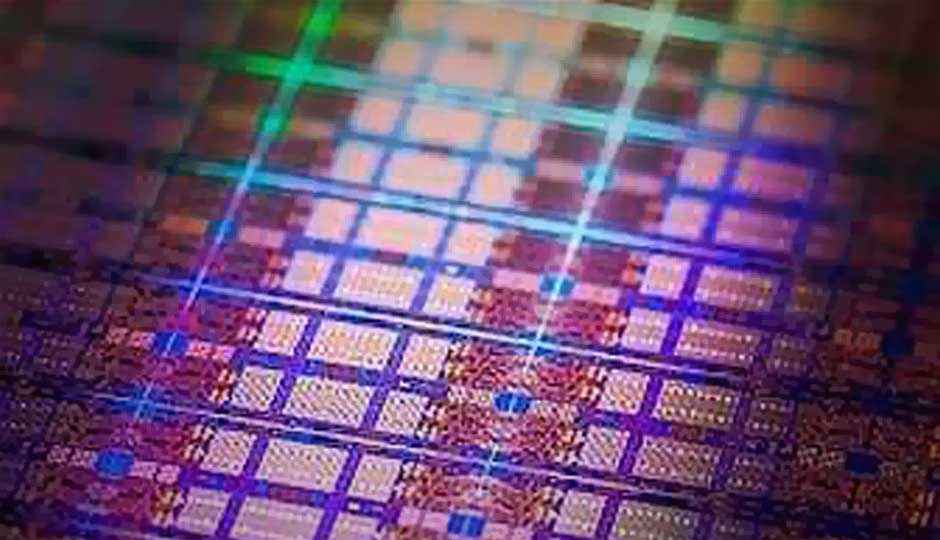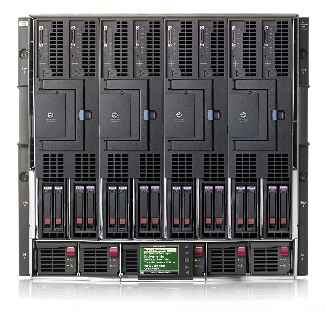Intel unveils Itanium 9500 series for mission-critical computing

Intel on Thursday unveiled a new generation of Itanium processors for mission-critical data center installations alongside partners like Hewlett-Packard, NEC, Hitachi, France-based Bull, and China’s Inspur, which are already building systems based on the new Itanium 9500 series chips.
 Survey
SurveyFormerly codenamed Poulson, Intel’s latest Itanium series succeeds the “Tukwila” generation of Itanium processors. It is being billed as a platform tailor-made for consolidating legacy RISC and mainframe infrastructure and computing in a dedicated system capable of handling mission-critical computing in increasingly cloud-centric data centers.
“In a world where businesses are increasingly dependent on IT for their competitive advantage, more and more business applications are rightfully called ‘mission critical’ — they must be always available, highly responsive and extremely reliable,” Intel Datacenter and Connected Systems Group general manager Diane Bryant said in a statement. “It’s for precisely these computing workloads that we’ve developed the Intel Itanium 9500 processor.”
At a press conference in San Francisco, Intel executives outlined an Itanium roadmap they dubbed the “Modular Development Model,” which “enables deeper commonality between Intel Itanium and the Intel Xeon processor E7 family.”
That narrative raises certain questions about Intel’s plans for the Itanium architecture in light of recent rumors and allegations that the chip giant isn’t entirely committed to it. Over the summer, Oracle was ordered by a California judge to continue developing software for HP’s Itanium-based products despite the database giant’s claim that Intel intended to discontinue its Itanium product line.
The launch of Poulson and Intel’s pledge to release a follow-up code named Kittson appears to contradict Oracle’s contention and at the San Francisco event, Intel exec Rory McInerny stated bluntly that Intel is as committed as ever to the product line and its future.
Still, the talk of a convergence between Itanium and Xeon begs the question—the Itanium brand may be around for quite some time, but in a few years will the architecture itself be more x86-like than the unique platform it is today?
Whatever the case, McInerny promised that the new Itanium 9500 series “promises a leap in enterprise performance, the strong Itanium ecosystem, and a solid path to the future.”
Serving ‘Big Data’ Customers
He stressed what he described as an increasing need for that convergence between UNIX-supporting platforms like Itanium and the x86-based systems that currently handle the bulk of cloud computing functionality in the data center, particularly for the so-called Big Data customers of companies like HP and other key Intel partners.
Intel’s “common platform strategy” going forward naturally combines Itanium with its own x86-based Xeon server chips. McInerny said certain key features on either platform are being transferred to the other despite the different architectures. For example, the Itanium 9500 series now has Intel’s Cache Safe technology—which enables the CPU to detect when bits fail in memory during the life of the product and avoids accessing those bits in its processes—a feature that first appeared on Xeon.
Poulson offers some impressive advantages over the older Tukwila generation of Itanium parts. A new microarchitecture offers double the cores and throughput of the previous generation chips, core frequency has been bumped up to 2.53GHz, and TDP has been lowered by 8 percent while the idle power draw has been slashed by a whopping 80 percent.
Those improvements add up to as much as 2.4 times the performance as compared with the older Itaniums, McInerny said, as well as up to 40 percent faster frequency, and 33 percent greater bandwidth.
The Intel exec also noted that parallelism on Poulson extends to the thread, core, memory, and instruction levels.
Meanwhile, Itanium’s improved Reliability, Availability, and Serviceability (RAS) safeguards for mission-critical computing like Instruction Replay, End-to-End Error Detection, and Cache Safe were key additions cited by hardware partners Inspur and HP as drivers of their decisions to quickly develop Poulson-based products.
“We considered the RAS feature first. These systems run very critical transactions and we must find a way for our customer to feel very comfortable with the system and the platform,” said Inspur CTO Hu Leijun, whose company is offering the Itanium-based K1 System, featuring support for 32 Poulson CPUs and 4TB of memory.
HP said it’s basing its next generation of mission-critical Converged Infrastructure products around the new Itanium 9500 processors, which it said will enhance its Integrity platforms supporting the HP-UX, HP NonStop, and OpenVMS operating systems.
The company said its new Poulson-based products include a “faster, more robust” HP Superdome 2 server featuring new blades, three new HP Integrity server blades for the HP BladeSystem c-Class enclosure (pictured above), and a new entry-class HP Integrity server “for branch offices or expanding businesses that is ENERGY STAR-certified for reduced energy use,” as well as security and management improvements made to the company’s HP-UX operating system.
Copyright © 2010 Ziff Davis Publishing Holdings Inc

